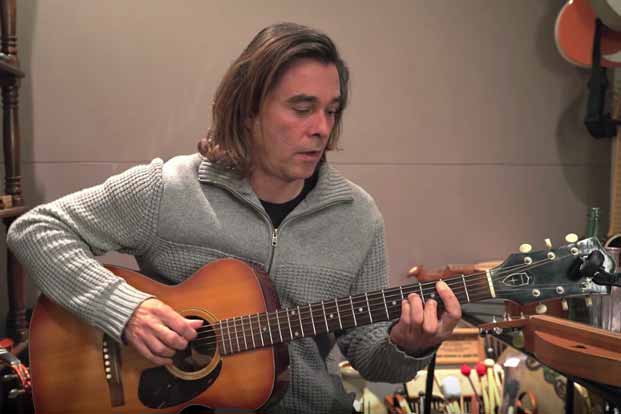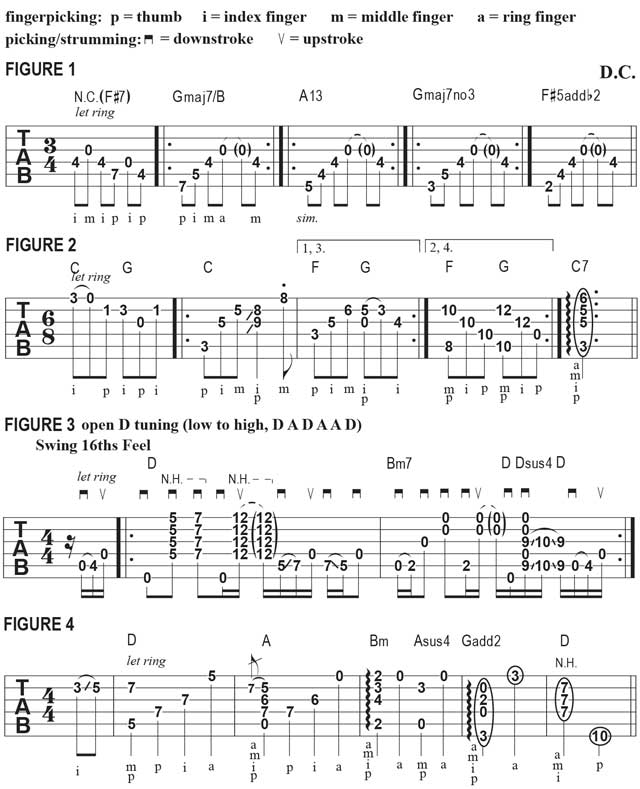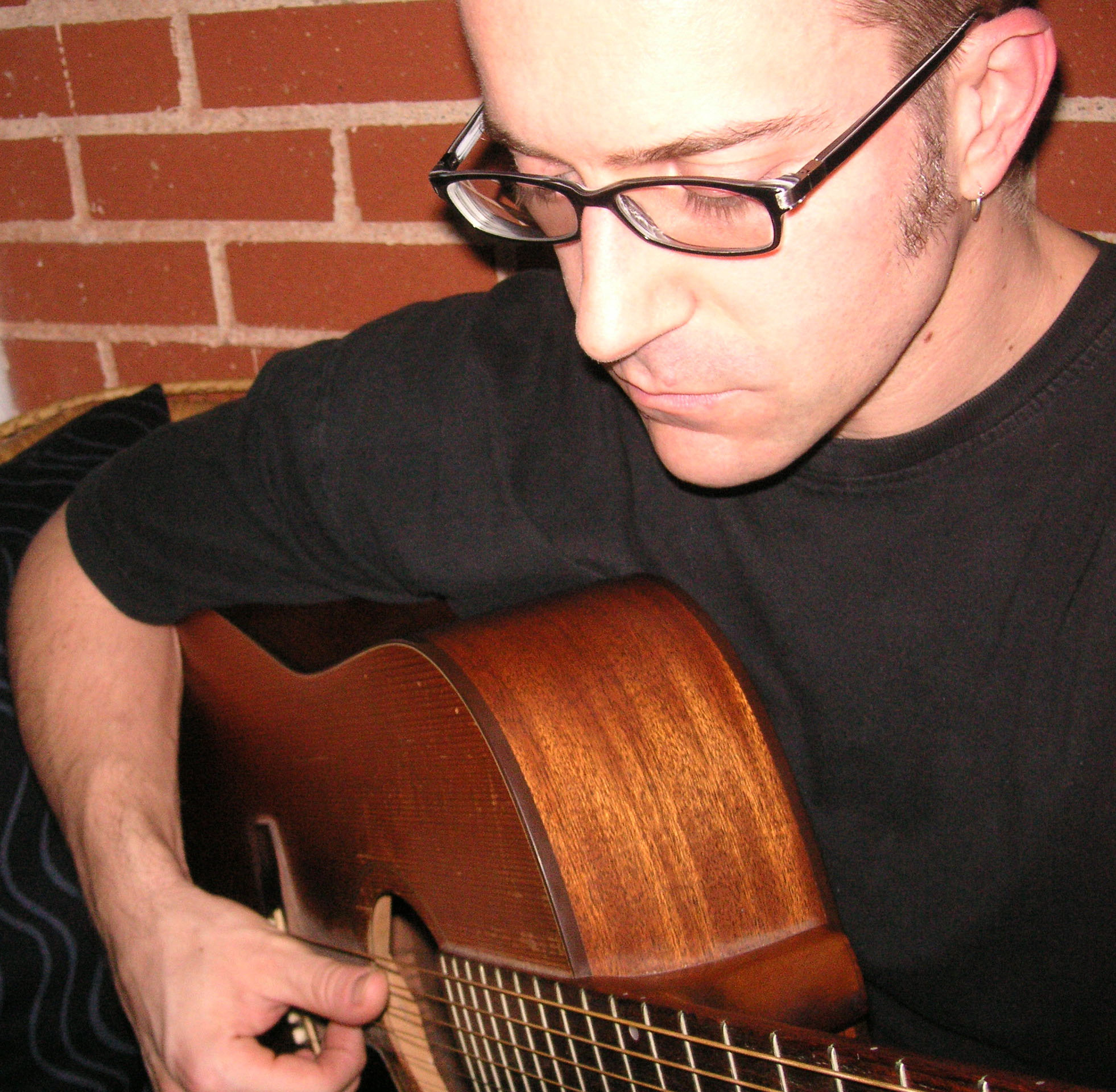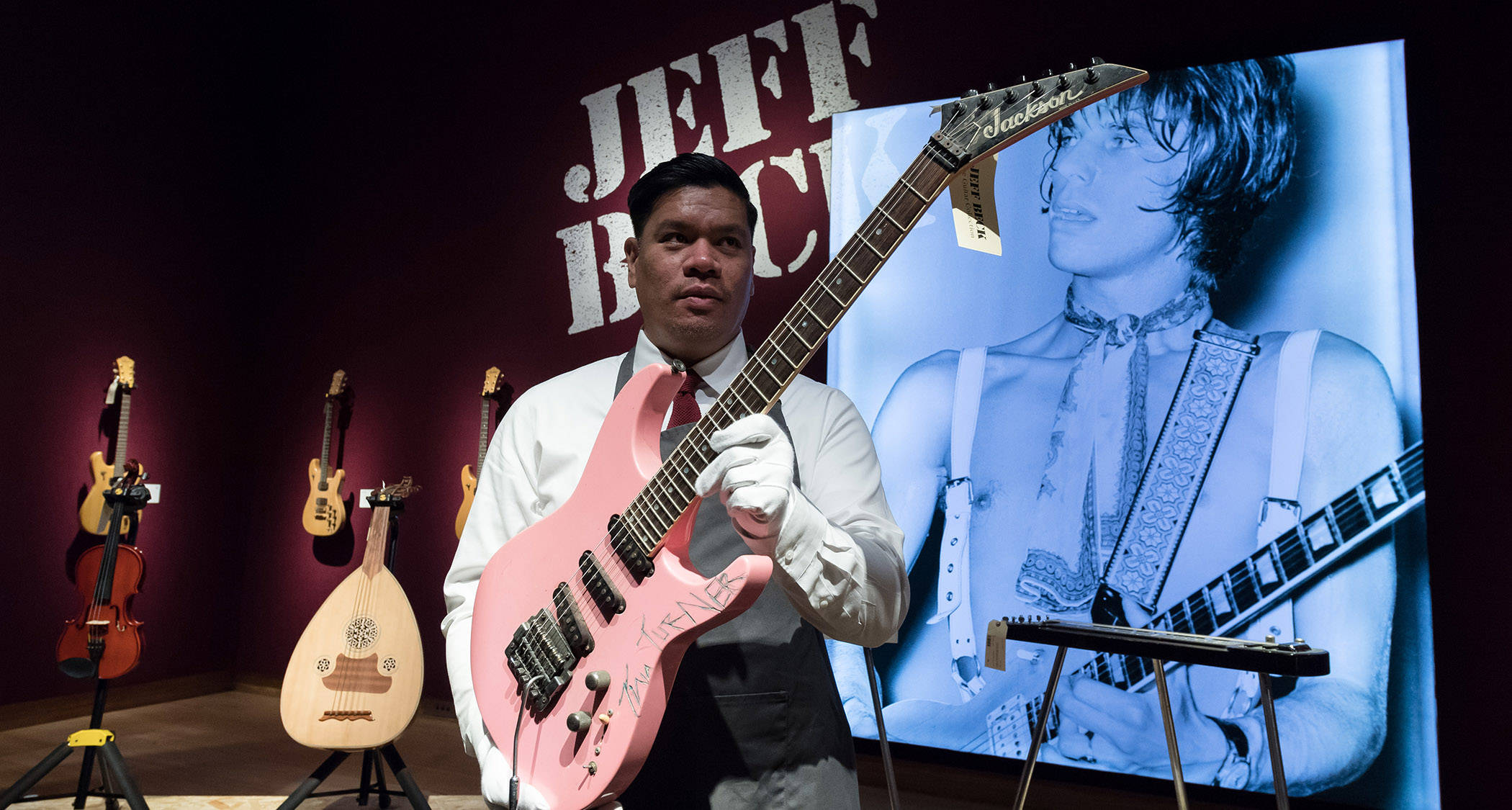The acoustic stylings of big-screen guitar ace Heitor Pereira
Heitor Pereira was born into a musical family in Brazil, wherein he was immersed in traditional samba and Top 40–type music from an early age

Heitor Pereira was born into a musical family in Brazil, wherein he was immersed in traditional samba and “Top 40”–type music from an early age.
He started playing guitar at age 14 and later immersed himself in classical music, studying composition and orchestration with friends enrolled at Berklee College of Music (having just taken a boat to the U.S., the young musician had income issues and couldn't afford tuition). Heitor also studied privately with jazz guitar geniuses George Van Eps and Mick Goodrick.
After playing for many of Brazil’s leading artists, including Milton Nascimento, Heitor toured and recorded with British soul/pop sensations Simply Red (1988–96), then permanently moved to the U.S., launching a successful session career (Elton John, Rod Stewart, Willie Nelson, Bryan Adams) and issuing his acoustic-rich solo albums (Untold Stories and Heitor TP).
When Heitor met legendary film composer Hans Zimmer, who needed Brazilian songs for the 1997 film As Good As It Gets, the film session and composing floodgates opened, and Heitor’s playing soon appeared in scores of such box office blockbusters as Gladiator and Blackhawk Down. The guitarist has nested in the film score aviary ever since, recently composing for major animated pictures like Despicable Me, Angry Birds, Minions, The Nut Job 2: Nutty by Nature and more.
What makes Heitor a rare bird in this business is that he uses tons of guitars (and ukuleles, mandolins, Jonathan Wilson’s GuitarViols—every kind of stringed instrument imaginable, along with his own voice, percussion, piano, various synthesizers, loopers, etc.), even employing a MIDI pickup-equipped nine-string guitar, which covers the full range of the orchestra, to input MIDI data, which is then assigned to orchestral instruments. (For more info, check his appearance in the award-winning SCORE: A Film Music Documentary.)
Let’s examine some of maestro Pereira’s unique acoustic guitar approaches. Heitor’s nylon-string flamenco touches propel “Nyah,” an uptempo fingerstyle workout in the Mission: Impossible 2 score, an early Pereira/Zimmer collaboration (2000). FIGURE 1 illustrates a similar arpeggio pattern; its descending chords utilize the same p-i-m-a-m picking, throughout.
In the Sean Penn–starring I Am Sam (2001), Heitor dueted with another legendary film-music guitarist, George Doering, the two contributing scads of acoustic and electric textures in pieces like “Sam’s Friends,” which informs FIGURE 2. Be sure to check the original soundtrack to hear how Heitor’s lilting 6/8 groove (steel-string) supports Doering’s tasty licks.
All the latest guitar news, interviews, lessons, reviews, deals and more, direct to your inbox!
Want more dueling guitars? The 2007 hit film August Rush (about an 11-year-old guitar prodigy) not only featured pieces by Michael Hedges (“Ritual Dance,” played by Kaki King), Heitor also got in the mix, writing—in open-D5 tuning—the well-known “Dueling Guitars” duet (feat. Doug Smith), an open-string rich groove fest, not unlike FIGURE 3.
We’ll close this lesson with a take on “Red’s Theme,” one of the mellower guitar-conceived pieces Heitor wrote for Angry Birds (2016), here played fingerstyle on a steel-string (see FIGURE 4). Note the “open” note spacing in each voicing, which—along with the strategic use of open strings—creates a pianistic sound.
This concludes this run of the Acoustic Nation column. It’s been a great seven years! I’d like to thank Jude Gold for, among other things, pointing me toward this opportunity; Brad Tolinski and Jeff Kitts for piloting the GW ship, continuously delivering unsurpassed guitar content; and limitless thanks to longtime (20-plus years!) collaborator Jimmy Brown, for the friendship and opportunity to learn so much—and share it with GW’s dedicated readership.

To download Dale Turner’s Secrets of the Great Acoustic Songwriters DVD—as individual chapters or the complete disc—visit guitarworldlessons.com or download the official Guitar World Lessons app in iTunes.
A singer-songwriter/multi-instrumentalist/film composer, Musician's Institute instructor, and author of 50+ transcription/instructional books, Dale Turner is also Guitar World's "Hole Notes"/"Acoustic Nation" columnist, and the former West Coast Editor of Guitar One magazine. Some of Dale’s old, weird, rare, and/or exotic instruments are featured in his score for WEEDS, the first animated short completed within the Filmmakers Co-op at Disney Feature Animation. His most recent CD, Mannerisms Magnified, was praised by Guitar Player magazine for its "Smart pop tunes that are crammed with interesting guitar parts and tones ... Like what the Beach Boys might do if they were on an acid trip that was on the verge of getting out of control. Yeah!"

